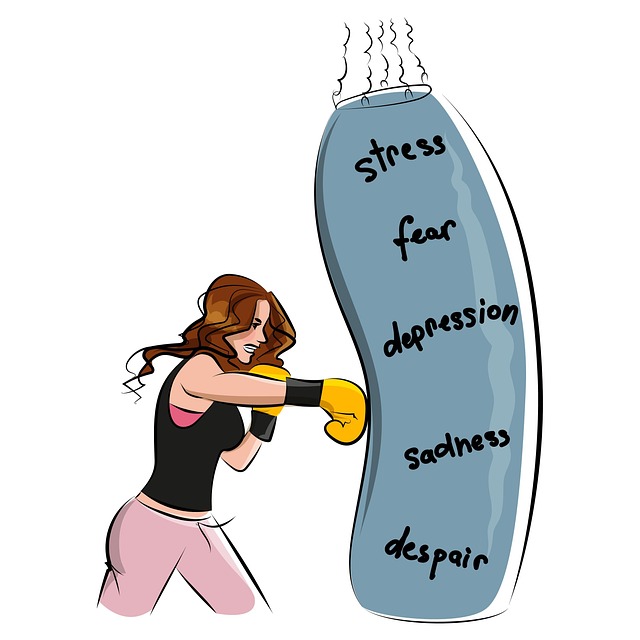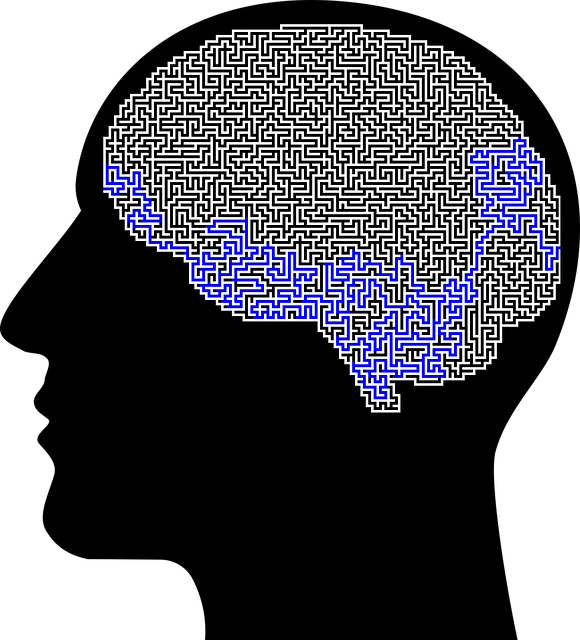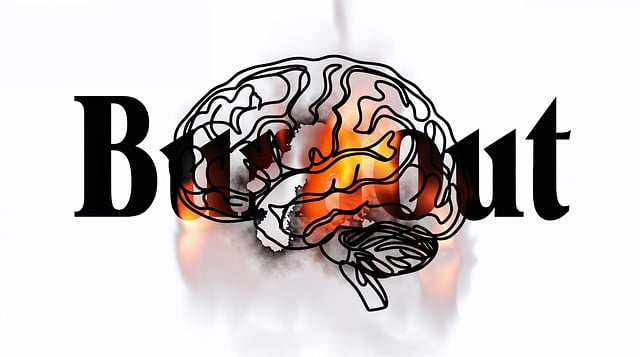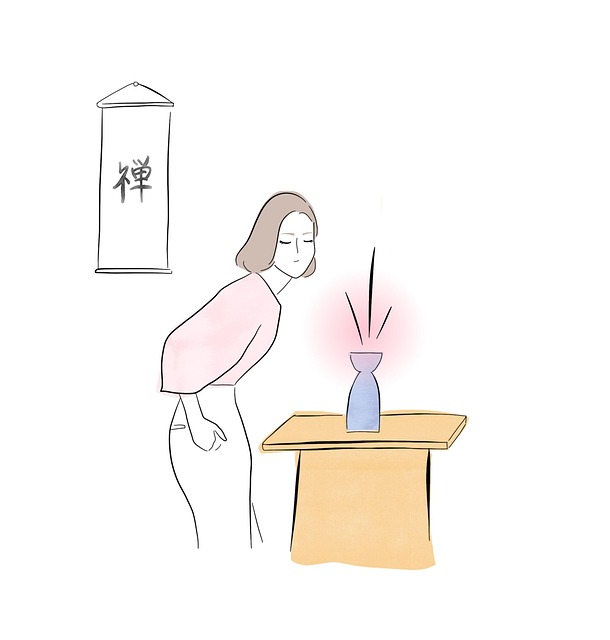Castle Rock Adjustment Disorder (CRAD) therapy requires specialized mental health professionals who employ advanced techniques to address intense emotional reactions to life events, causing distress and impairment. Effective CRAD therapy focuses on coping strategies and adaptation, incorporating evidence-based approaches like cognitive behavioral therapy (CBT), mindfulness, and psychoeducation. Risk assessment is critical for client and practitioner safety, enabling tailored interventions and personalized self-care plans. Building resilience through stress management and open communication mitigates risks during high-stress situations, fostering a supportive environment that prevents burnout and promotes sustained mental health.
“Mental health professionals face unique challenges, particularly when encountering clients with Castle Rock Adjustment Disorder (CRAD). Effective risk management planning is essential to ensure safe and ethical practice. This comprehensive guide explores CRAD, emphasizing its integral role in therapy sessions. We delve into practical strategies for integrating risk assessment, building resilience, and mitigating risks to enhance patient outcomes. By understanding CRAD and implementing these techniques, therapists can provide tailored support, fostering a safer therapeutic environment.”
- Understanding Castle Rock Adjustment Disorder: A Comprehensive Overview
- Integrating Risk Assessment into Therapy Sessions
- Strategies for Building Resilience and Mitigating Risks in Practice
Understanding Castle Rock Adjustment Disorder: A Comprehensive Overview

Castle Rock Adjustment Disorder (CRAD) is a complex condition that requires specialized understanding and therapeutic approaches. It’s characterized by intense emotional reactions and adjustments to significant life events, often leading to significant distress and impairment in daily functioning. CRAD therapy focuses on helping individuals develop coping strategies to manage these intense emotions and adapt to challenging situations.
Mental health professionals play a crucial role in identifying and treating CRAD through individualized treatment plans. These may include evidence-based therapies like cognitive behavioral therapy (CBT), mindfulness practices, and psychoeducation. Additionally, incorporating self-care routine development as part of mental health education programs design can empower professionals to manage their own potential stress and prevent burnout. Effective risk assessment strategies are also vital to ensure the safety of both clients and practitioners.
Integrating Risk Assessment into Therapy Sessions

Integrating risk assessment into therapy sessions is a vital component of comprehensive Castle Rock Adjustment Disorder Therapy and risk management planning for mental health professionals. By incorporating structured assessments, therapists can identify potential triggers or vulnerabilities specific to each client. This proactive approach allows for tailored interventions and the development of personalized self-care practices aimed at promoting emotional well-being.
Mental health professionals play a crucial role in equipping individuals with tools to manage risks effectively. Through regular risk assessment, therapists can monitor changes in a client’s condition, identify emerging issues, and adjust treatment strategies accordingly. This ensures that interventions remain relevant and impactful, ultimately enhancing the overall effectiveness of therapy sessions and contributing to successful emotional well-being promotion techniques.
Strategies for Building Resilience and Mitigating Risks in Practice

Building resilience is a cornerstone for mental health professionals navigating the challenges inherent in their noble work. This involves cultivating personal coping mechanisms and developing strategies to manage stress effectively. Mindfulness practices, such as meditation and deep breathing exercises, have proven to enhance mental wellness and reduce symptoms of anxiety relief, fostering a more robust emotional buffer against potential triggers.
Moreover, integrating Castle Rock Adjustment Disorder Therapy techniques can significantly mitigate risks associated with high-stress situations. These therapeutic approaches encourage open communication strategies, enabling professionals to express their feelings and concerns constructively. By fostering an environment of understanding and support, both within the practice and in personal life, mental health practitioners can build a resilient framework that protects against burnout and promotes sustained mental wellness.
Mental health professionals play a vital role in helping individuals cope with challenges, but they must also be prepared for potential risks. By integrating risk assessment and management strategies, such as those discussed for Castle Rock Adjustment Disorder therapy, practitioners can enhance their resilience and effectively mitigate risks in their practice. Understanding these methods allows professionals to provide safer, more supportive care while ensuring positive outcomes for their clients.














